644 Narrow Atmega644 Arduino Compatible Board
644/1284 Narrow: Atmega644 & Atmega1284 Arduino compatible boards. 644 Narrow is a barebone implementing an Atmega644 microcontroller. It is designed to upgrade the Arduino Nano, offering twice the memory capabilities. The upgrade for all your small-footprint Arduino projects. These Atmega644 and Atmega1284 Arduino-compatible boards give you 2 to 8 times more flash and RAM resources and total compatibility.
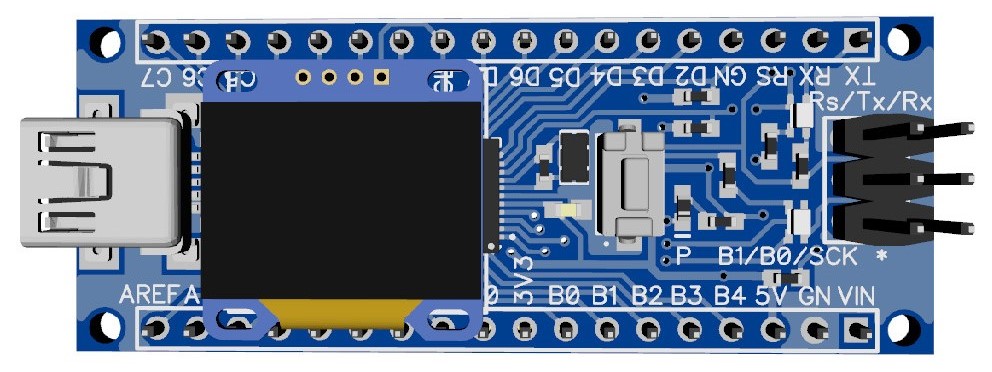
- Does your project need more resources than available on your Nano, UNO, Leonardo, or even Mega2560 (RAM)?
- While keeping a minimal footprint?
- “644 Narrow” and “1284 Narrow” boards are the best solution.
Still, more resources are needed.
The Nano is a fantastic board that lets you test your project on a breadboard, but many Arduino projects are consuming more and more resources, particularly if you want to use an OLED or TFT display. Flash and RAM resources are likely to be missed. The first solution that comes to mind nowadays is to use a 32-bit board. Unfortunately, this is not a good solution, and one should not consider only their raw specifications.
The 32-bit board (like the “Blue Pill”) challenge – More processing power but also more resources needed.
These boards have a higher clock frequency, 32-bit buses, and more flash and RAM (but no EEPROM). Theoretically, this provides processing powered multiplied by 5 to 10 compared to an Atmega328. However, experience shows that the compiled code is also much heavier. Hence, a sketch that could download to an Atmega328 with 32 Kb of flash won’t fit in a 64 Kb board like the Blue Pill (STM32F103)!
Compatibility problems
Unfortunately, integrating STM32 boards in Arduino is a work in progress. The best Arduino core for STM32 used to be provided by STM32duino.com. This website was also the best source of information for developers. But it closed this summer 2019. Due to a terrible lack of programming references, programming on STM32 in the Arduino environment has become tricky.
Considering the ESP32, a fascinating upgrade possibility, the analogWrite function is not yet supported! You should also notice that while this chip can run at 240 MHz (with a terrible increase in current consumption), it is configured at 80 MHz in the Arduino IDE, and the chip is even limited to 40 MHz when using an external clock.
The fastest and most satisfying solution to upgrade your Arduino project is to use the most advanced line of 644/1284 MCUs since Arduino was developed based on Atmega 8-bit chips. Atmega644 and Atmega1284 MCUs provide you with many more resources while maintaining total compatibility, thanks to the MightyCore.
644 Narrow and 1284 Narrow
These boards are designed to be closely related to the Nano board. So even though they are a little more significant (+2.7mm) and longer (+8 mm), they will fit perfectly on a test breadboard.
Advantages
- Instant upgrade, 100% compatible with your Arduino project.
- Ten more digital IOs than on an Uno / Nano.
- Much more flash and RAM.
- The entire EEPROM offers 10x the durability of emulated EEPROM.
- Small footprint.
- Low power consumption.
- Lower cost than a Mega2560
- Can be fitted with a 0.49″ OLED in option
Optional OLED
One of the main reasons to increase memory resources is for use with newer OLED and TFT displays. Since many users may wish to include some visual rendering or rich graphic content when using these boards, they come with a specialized port (GND, 5V, SCL, SDA) for OLED modules with an I²C interface. An optional 0.49″ OLED is also available, which can fit perfectly above the host board without the need to cable anything or consume any more surface area.

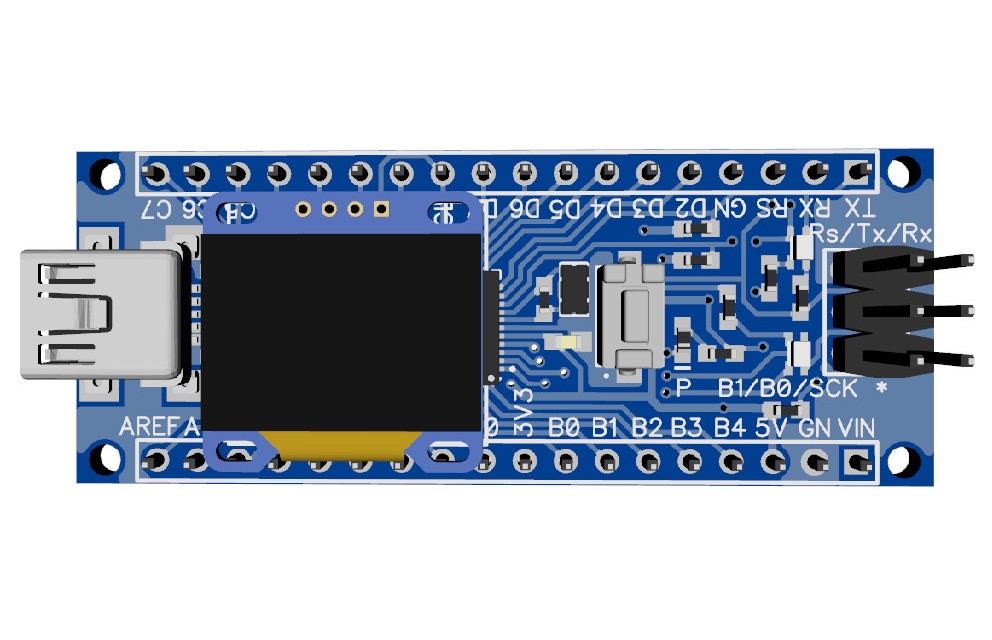


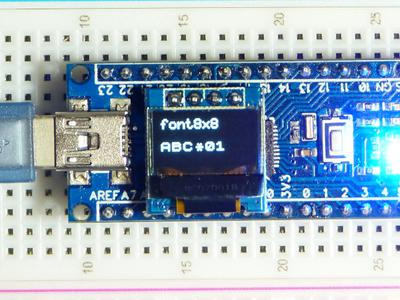
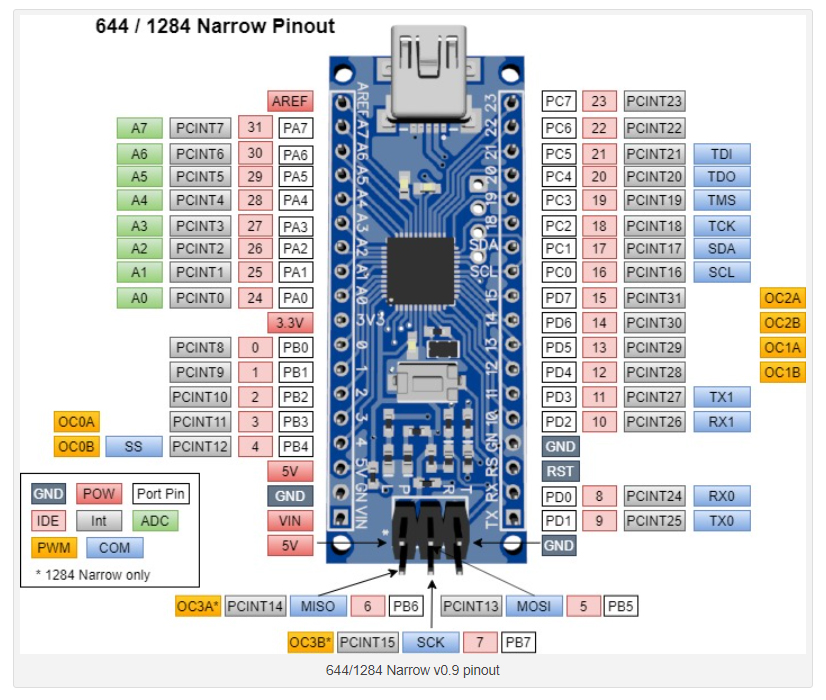
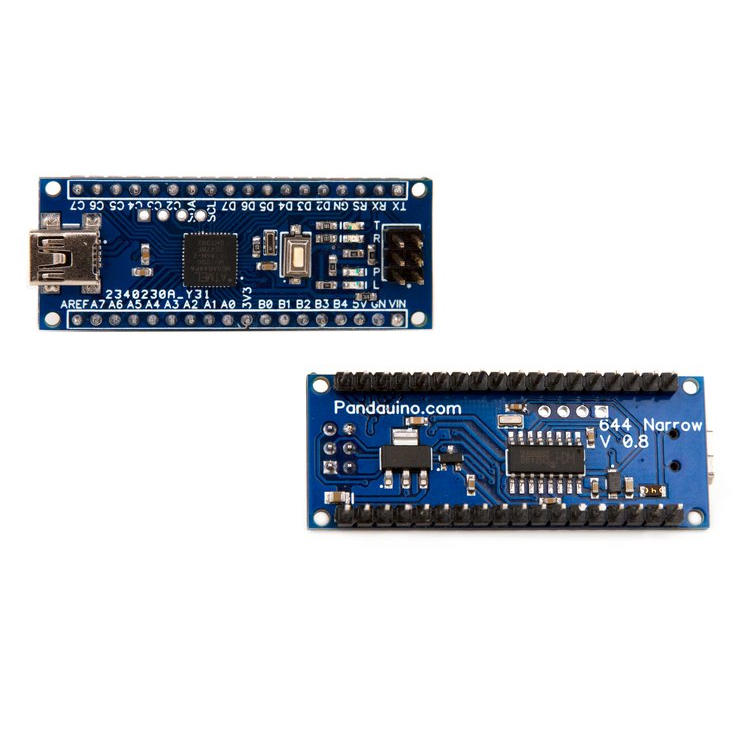
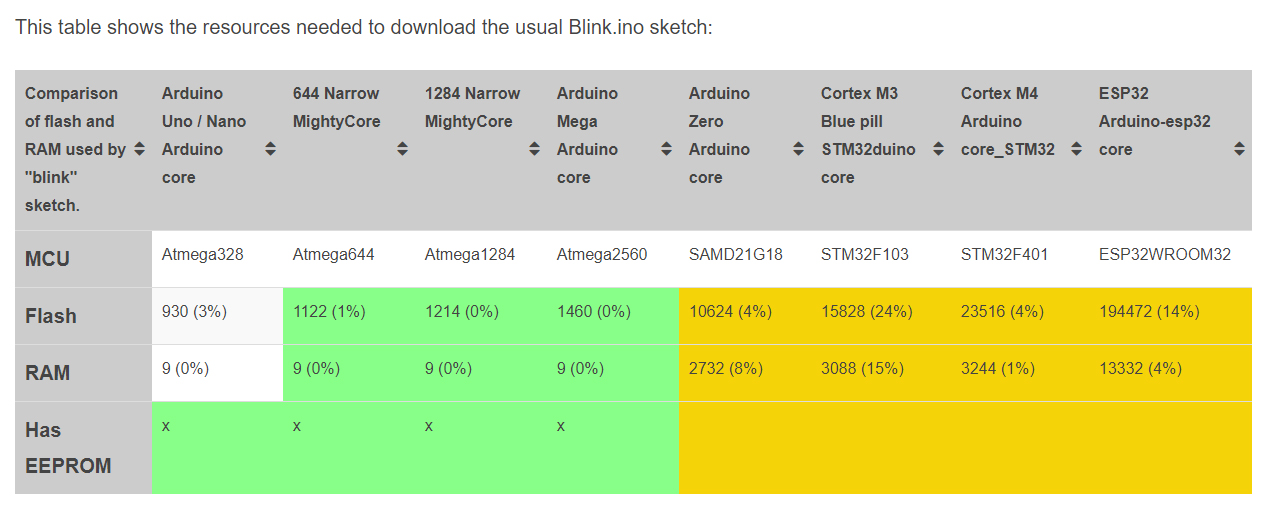
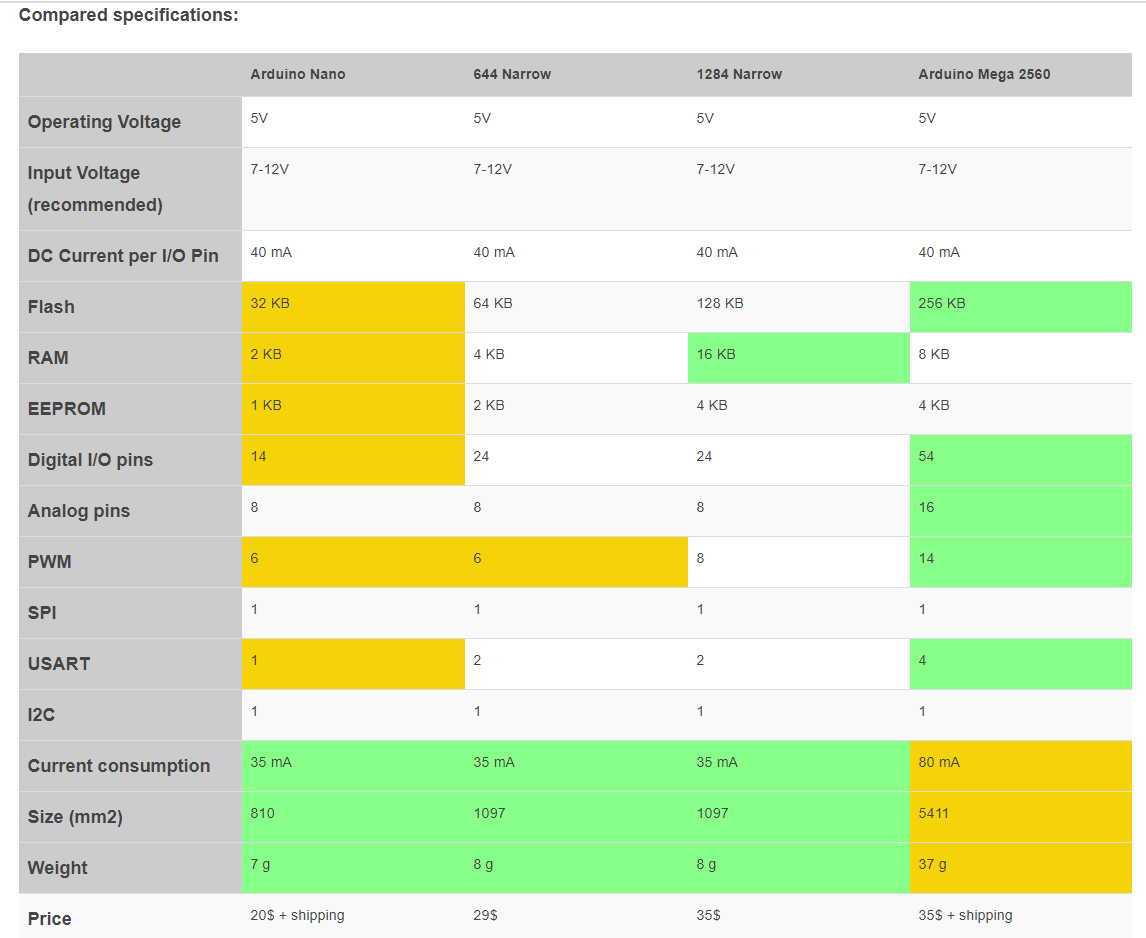
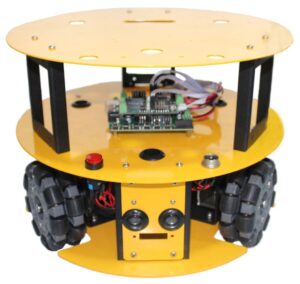
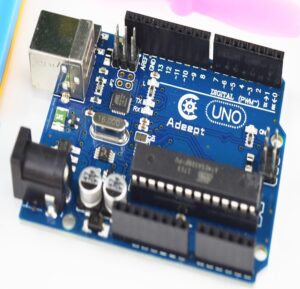
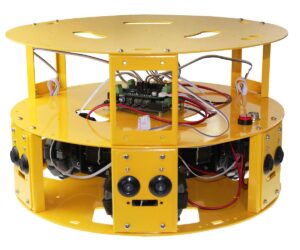
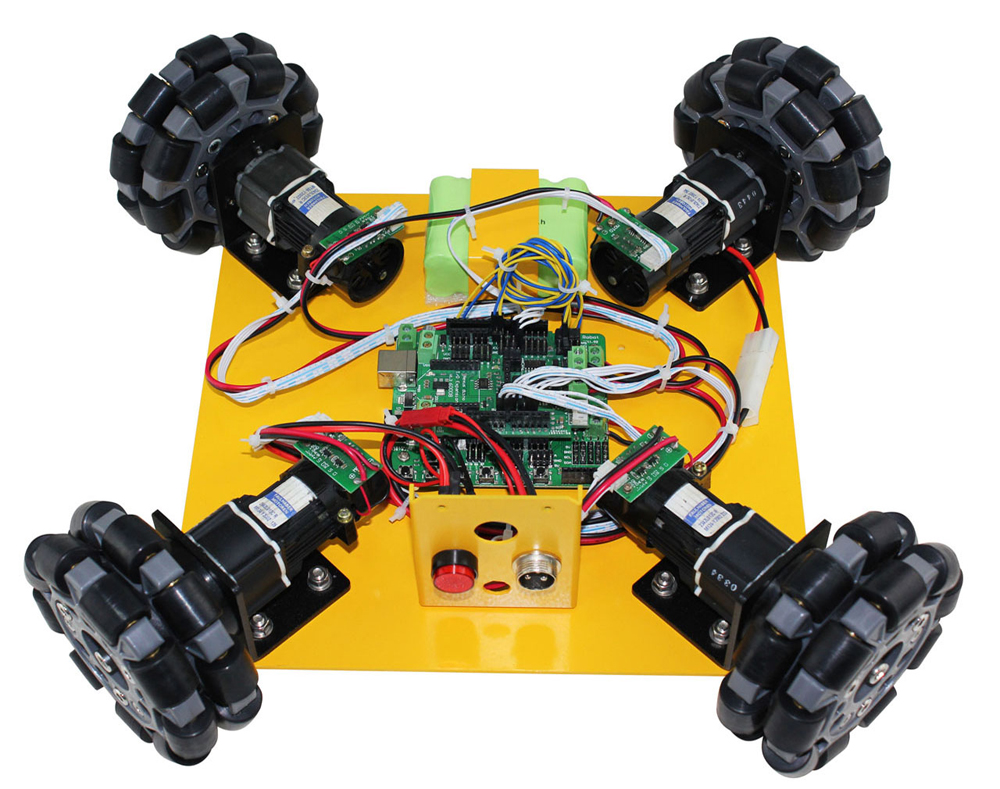
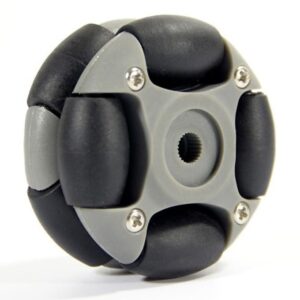

Reviews
There are no reviews yet.